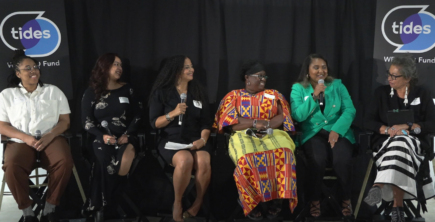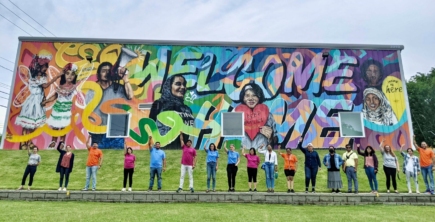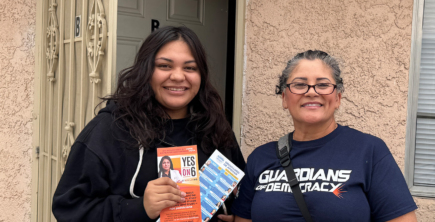
WE LEAD

Beginning on April 25th, the southeast region experienced the deadliest series of tornadoes in US history. Over the course of three consecutive days residents in Arkansas, Tennessee, Oklahoma, Missouri, Texas, Georgia, Louisiana, North Carolina, Virginia and Alabama incurred the wrath of an environment impacted by global warming. A steady increase of greenhouse gasses in the earth’s atmosphere (partly due to neighboring oil spills), coupled with the earth’s rising temperature breeds the right environment for cataclysmic storms.
An EF5 tornado (a designation reserved for the most volatile tornado) destroyed Tuscaloosa County and parts of Jefferson County in Alabama. Entire towns were flattened over the course of a 6 hour time period, destroying the lives of poor, rural, black southerners. The storms killed over 200 people in 36 hours. The current death toll for the southeast region is at 340 and rising. Over 100,000 residents are without housing, running water, food, and clothing and are exposed to natural gas leaks. They are left defenseless, without fire or police response teams, grocery stores, or gas stations. President Obama, who has visited Iraq many times, is quoted as saying, “I’ve never seen devastation like this,” during his trip to Alabama, on April 29, 2011.
The results of the tornadoes added to the growing effects of the Deep Horizon oil spill in the gulf region leaving residents in the south wondering if they will ever be able to recoup and rebuild in an unpredictable ecosystem. This is coupled with the fact that thousands are left jobless due to the closure of multiple factories as a result of storm damage. Additionally, there is growing fear caused by the closing of the Browns Ferry Nuclear Plant in Huntsville, AL, which shut down after storms damaged electric lines supplying energy to their reactors. The plant is of similar design to the stricken reactors at Fukushima, Japan. The cool down process, powered by diesel fuel emergency generators, is unsustainable. Power outages left nuclear plants without enough emergency sirens to warn nearby residents of potential safety problems at the Browns Ferry Plant in Alabama, and the Sequoyah Nuclear Plant in Tennessee.
In the face of disaster, resilient communities have joined together to ensure the survival of their neighbors. Nearby counties provided aid and there are agencies on the ground. Taking lessons from Katrina, the 2010 earthquakes in Haiti, and the oil spill in the Gulf Coast we have learned that sustainable relief and reconstruction in poor communities of color requires resources, man power, environmentally sound rebuilding, and accountable long-term investments in community revitalization. The Tides Relief and Reconstruction fund demonstrates this learning by supporting community-led emergency relief efforts and second wave reconstruction efforts. However, those affected by the storm will be handicapped in their ability to sustain in a region already suffering from a lack of jobs and adequate housing, without a concerted effort from all US citizens.
So how can you join the relief efforts and harness the power of people to help?
1. Donate and Spread the Word – Use Twitter, Facebook and other social media to spread the word about places to donate, what’s going on, and how to help. You can donate through Tides here and tweet the link!
2. Volunteer – Answers the call of elected officials in Alabama by contacting the Jefferson County Emergency Management Agency at (205) 254-2039. Or sign up with Hands on Birmingham.
3. Send Items – You can donate non-perishable food, clothing, and flashlights through the Alabama Food Bank Association website or the Tumors for Tuscaloosa Facebook page.
4. Get Involved – Demand that we keep our environment clean and our jobs green. The tornadoes serve as a perfect platform to engage elected officials in deep conversations about clean energy, global warming and carbon emissions. Write or meet with your local elected officials and join a grassroots campaign.
5. Be Prepared – Coordinate disaster preparedness trainings for your families and neighbors. Solidify a plan. Local fire houses and FEMA offices often provide free training. You can also learn some great tips at 72hours.org.

WE LEAD

Equality & Human Rights

Impact

Read the stories and hear the voices of social change leaders fighting for justice.